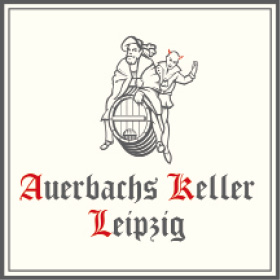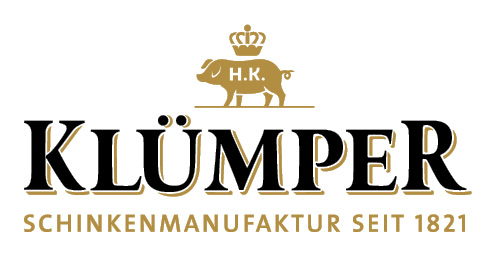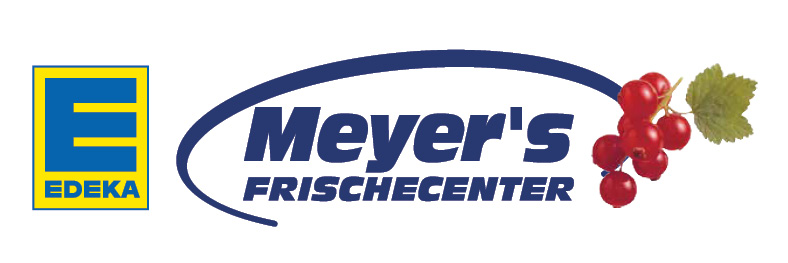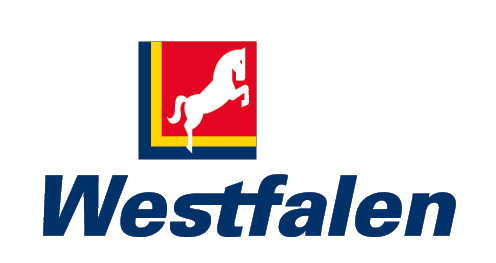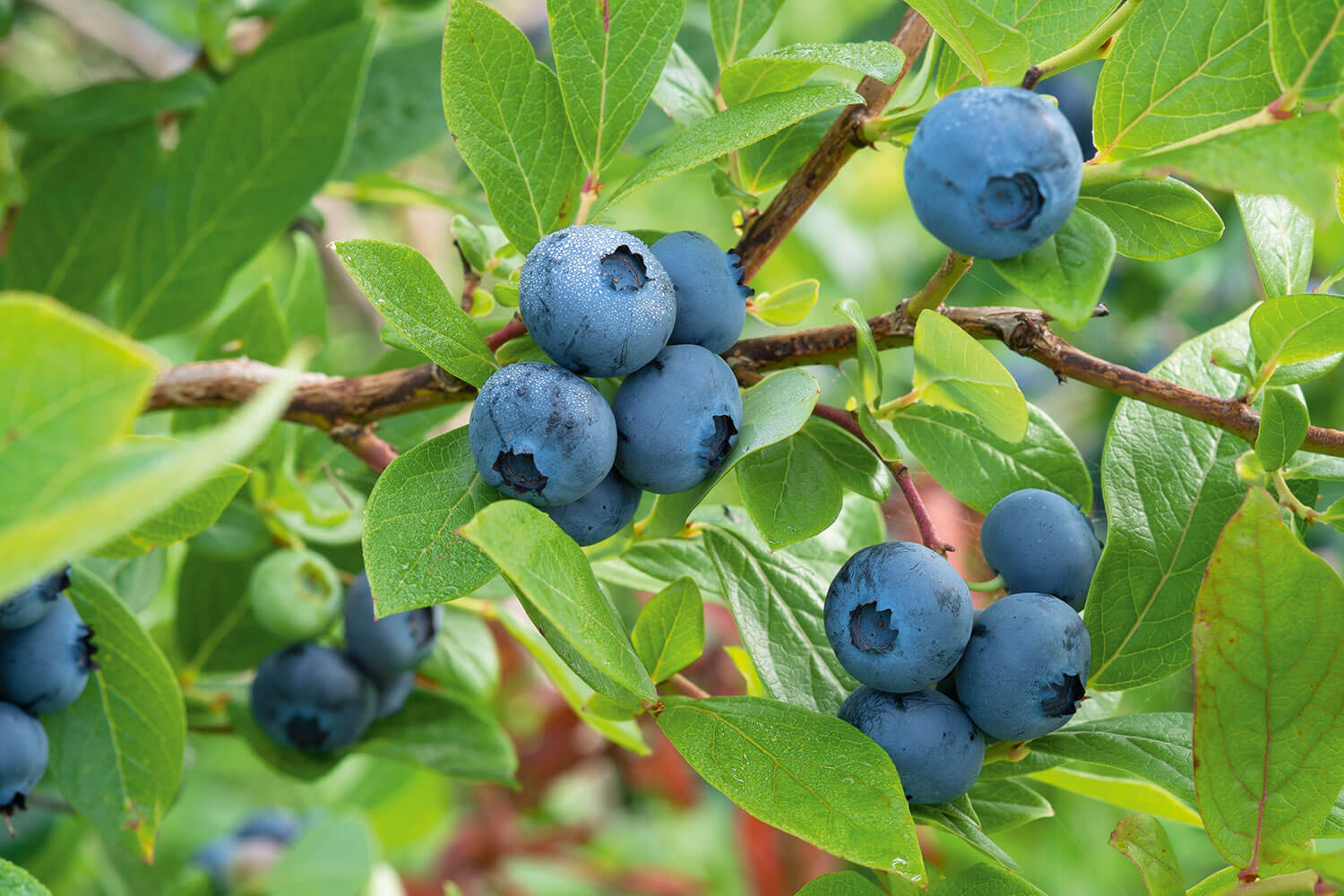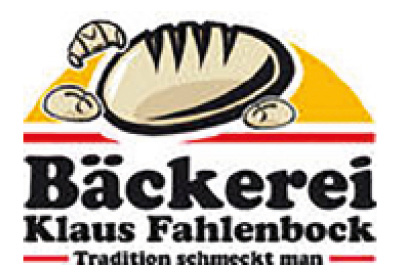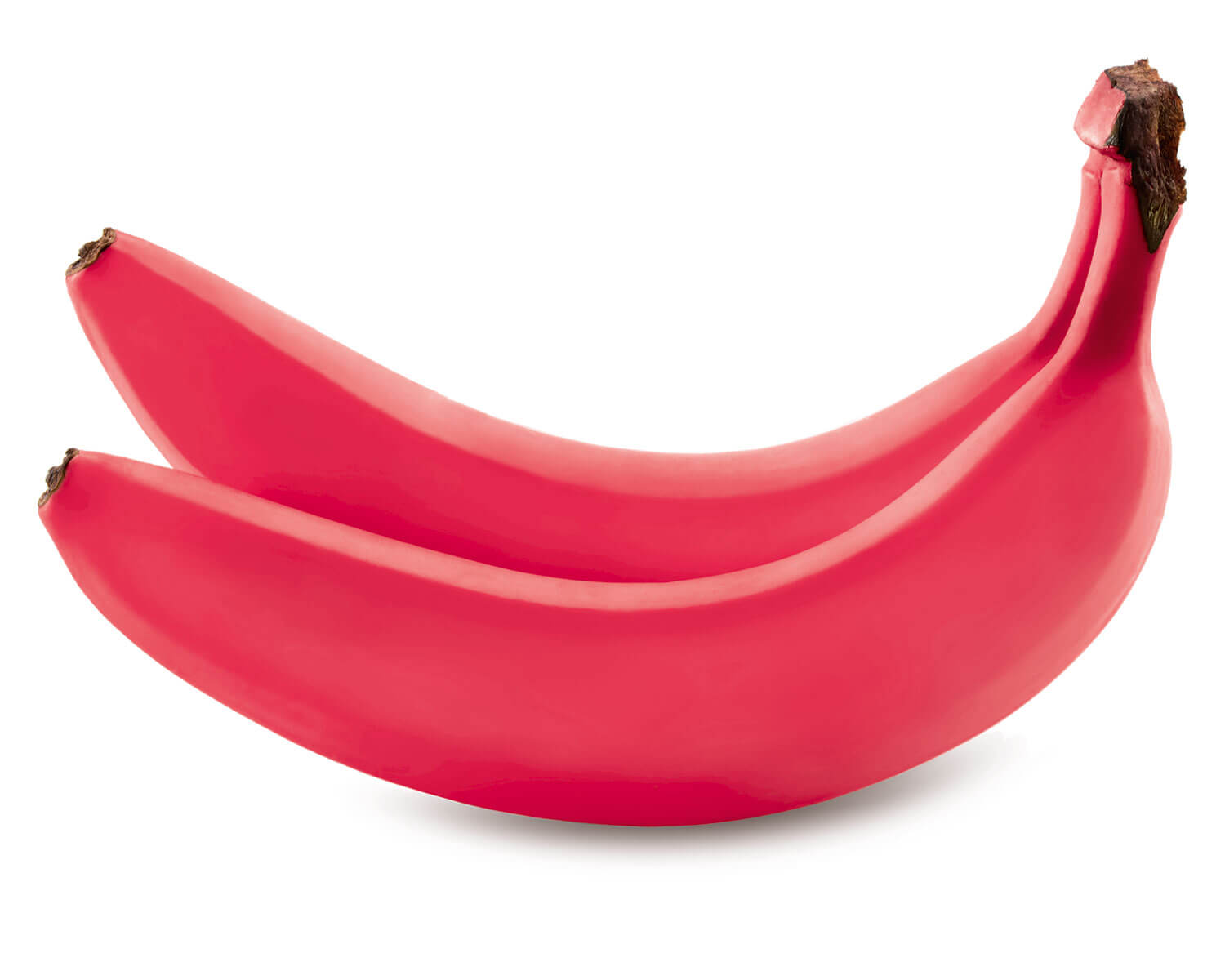
NO COOLING PLANT WITHOUT DK HEAT RECOVERY
Every consumer wants a resource-efficient refrigeration system. During the process of cooling, waste heat is generated, which can be used with the aid of DK heat recovery, primarily for heating water. This is a very proven way to minimize energy costs and reduce the carbon burden on the environment.
Unfortunately, far too many refrigeration systems still go into operation without heat recovery. Based on references, this brochure shows that cold and heat harmonize perfectly – in many companies!
Let us start with a very unconventional example: the artist Markus Jeschaunig created a waste heat greenhouse in the heart of Graz, Austria. To grow tropical fruits in European winter, the waste heat from two freezers (from a bakery and a restaurant) was used. With this waste energy was a huge plastic bubble – the oasis no. 8 – heated. The whole City of Graz experienced the growth of bananas and marveled that this could be achieved with a very low heat output of only
about 5.2 kW.
Never before have unused waste heat potentials from refrigeration systems been made so impressively visible, as demonstrated by the project “Oasis no. 8“.
DK were impressed, as too, was an international jury, which awarded the project the winner of the renowned Bauwelt Prize.
COOLING PLANTS LET BANANAS GROW
This impressive DK project demonstrates why, our systems continue to be installed by the refrigeration industry in many other diverse applications. The largest market is within the food processing, and the food retail trade with supermarkets, hypermarkets as well as discounters and petrol stations. A strong and steadily growing application is within the hospitality industries such as restaurants, catering, hotels, refectories and large kitchens. The most common installation options are for the food processing companies such as butchers, bakers, slaughterhouses, and also milk cooling and heat recovery in the agriculture
and dairy industries.
HIGHEST FLEXIBILITY IN PRODUCTION
In addition to 40 years of experience in the field of waste heat recovery, and the benefits from a high degree of flexibility in production. Through our own tank production and countless heat exchanger combinations, there is a great deal of vertical integration, which makes it possible to meet customer exact requirements in full.

